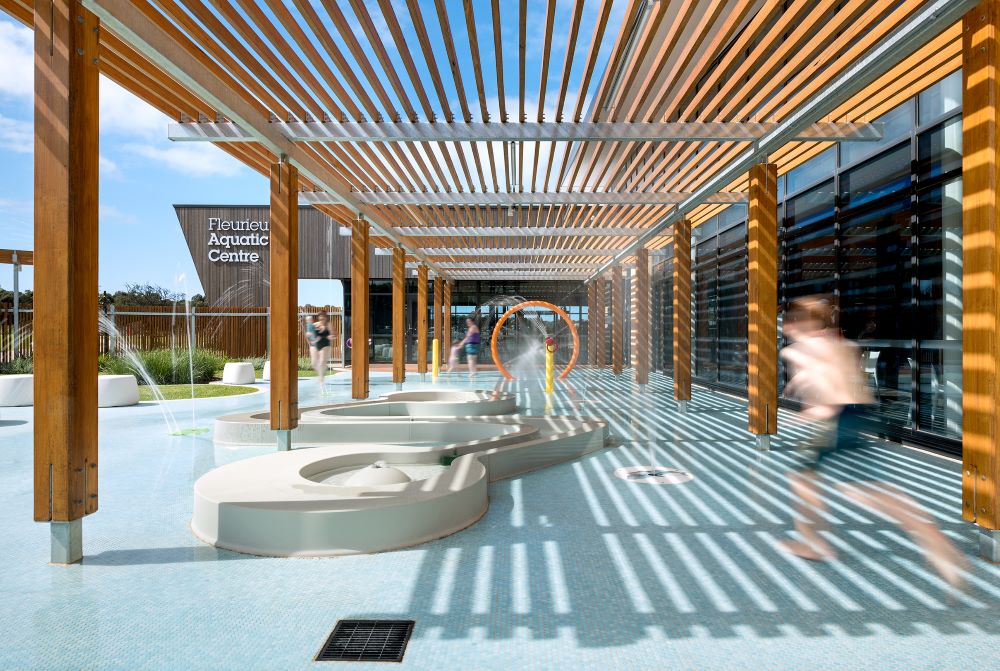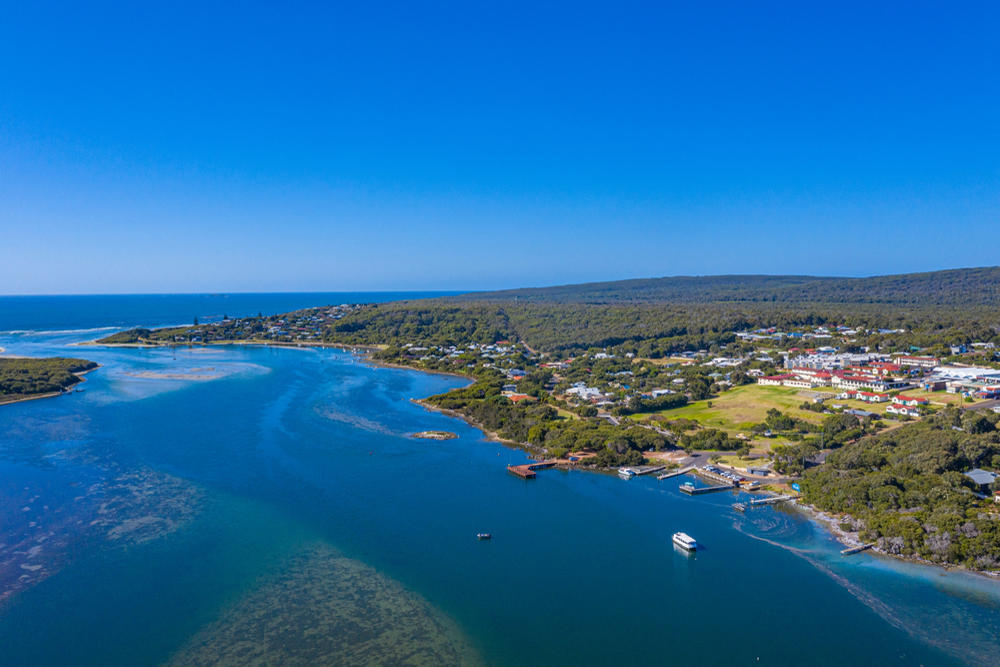
As part of our sustainable practice journey – both design and operational – Hames Sharley has established the National Design Forum (NSF) to promote sustainability. A large part of this conversation centres on materials and what makes it sustainable.
Hames Sharley has decided to use the ILFI as the framework, using the Declare label and the Red List as the first filters through which we ascertain material sustainability. After that, we have prepared a questionnaire for suppliers that have no accreditation under the above. From this, we have distilled a list of materials that are the basis for our sustainable selections, linked to our BIM processes.
When considering sustainable building materials, timber is an obvious option. As a renewable resource we can replace the timber we cut down and grow more. Other building materials are finite, with raw materials being depleted rapidly.
However, this is only one consideration of the sustainability of materials. Other factors, using the Declare label criteria, are: what is it made of, what is the life expectancy, where is it made, what is the embodied energy and where does it go at the end of its life.
Briefly addressing the first two points, timber is a natural material which can be very durable if properly maintained. Glue and varnish/paint used for fixing and finishing can have high VOCs so their use should be carefully considered.
The timber industry in Australia is well regulated and relies on plantation timbers and harvesting of natural forests. Land clearing is a major contributor to carbon emissions and increases biodiversity loss, but according to the ABC, the primary reason for land clearing in Australia is agriculture, not the timber industry.
The use of Plantation timber from USA, Canada and Europe is acceptable, provided it is certified. There are certification programs for timber sourced elsewhere overseas, but the validity and transparency of logging and manufacturing are harder to verify.
Although timber is carbon neutral and renewable, it has to be correctly sourced. There are great opportunities for saving carbon emissions by using timber as a structural material rather than concrete or steel. Using locally sourced plantation timber reduces transportation-related emissions. The most sustainable option is recycled timber. (A conversation for another time).
Timber lends itself beautifully to prefabrication, being easy to dismantle and reuse and perfect for frameworks such as Buildings As Material Banks (BAMB), where circular economy principles drive the design process. It means that buildings are designed to be dismantled, and the components can be reused in other buildings, rather than using new materials and creating waste. Fixing methods are critical, as mechanical fixings make deconstruction and reconstruction easier.
Overall, considering timber through the above criteria, it is a sustainable option, provided it is correctly sourced and certified. By understanding how to work with timber as a structural element while maintaining fire and acoustic performance, we can unlock the potential for economic and environmental sustainability benefits. There are benefits for using prefabricated timber structures for reduced construction time and waste. There are also possibilities for modular construction that can be deconstructed for reuse. The agility and flexibility of timber make it ideal for adaptive construction systems while reducing the carbon footprint of construction.











